Nano-minerals
They are materials with dimensions inferior to one tenth of a micrometre and a large surface area in relation to their volume, which means higher reactivity for their application. Nano technological developments can be divided into three main areas: health sectors, health, energy, information and communication technologies, security, etc.
.jpg) CLASSIFICATION OF NANO-MATERIALS
CLASSIFICATION OF NANO-MATERIALS
The most relevant nano-materials are nano-particular minerals, nano-structured materials, nano-porous materials, nano-powders, nano-fibres, fullerenes, carbon nano-tubes, nano-threads, dendrimers, thin films and quantum dots.
The most important nano-particular minerals are obtained by advanced milling of minerals. With quartz and granite a substantial improvement in characteristics and properties can be obtained such as an impressive increase in the active surface, an increase in hardness and resistance higher than present standards. There is an improvement in wear and corrosion resistance and in chemical and mechanical activity (compression, flexion, and abrasion).
Other important nano-materials are nano-powders, which can come from three types of rocks:
Sedimentary Rocks: Arkose, Greywacke, Dolomite, Black Coal and Anthracite.
Igneous or magmatic rocks: Granodiorite, Aplite, Dunite, Rif lite, Dacite.
Metamorphic rocks: Gneiss, Mica Schist, Quartzite, Phyllite, Migmatite.
Lastly nano-particles of metals such as Titanium, Steel, Iron, Copper and Aluminum increase resistance.
Once the products have been applied and left to dry, among there main characteristics are a long lifespan at high and low temperatures and to be able to apply substances that act as a block to all types of bacteria, dirt repellents and as antimicrobial agents.
SURFACING OF FLOORS AND WALLS USING NANO-MATERIALS
Nan-compounds mix nan-powders with organic polymers and nano-fibres covered with nano-crystals to give longer lasting and a more resistant finish.
Nano-mineral pastes are ideal to reform and renovate floors, walls or cladding both domestic and commercial as well as interior and exterior. They are capable of withstanding the everyday activity of shops, offices, restaurants or homes.
These pastes can be applied to any type of surface, interior as well as exterior, and are apt for floors, walls, kitchens, bathrooms, stairs, worktops, furniture, swimming pools, over mortars for radiant heating systems, plaster, plasterboard, cement, concrete, mortar, marble, granite, metal, plastic, asphalt, mosaics, wood, parquet flooring, smooth ceramics, porcelain based tiles, glass, mirrors, etc.
USES OF NANO-MINERALS
MAIN CHARACTERISTICS
ADVANTAGES OF NANO-MINERALS
There is an economic saving as well as the elimination of existing elements. It is a clean and practical solution with surprising results. The time needed for the work is less than traditional methods.
This surfacing system does not require joints so large scale panels can be achieved without interruption. The different finishes possible in different colours allow us to personalise the final appearance of the product.

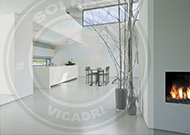
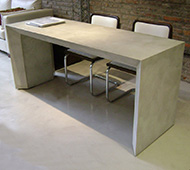
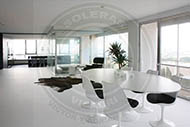
 copia s.jpg)
 copia s.jpg)
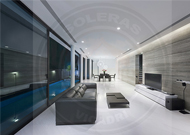
 copia s.jpg)
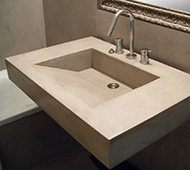
 copia s.jpg)
 copia s.jpg)